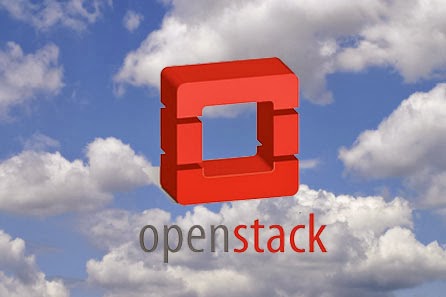Want a scalable Cloud? The word on everyone's lips in the IT Industry at the moment seems to be OpenStack. So lets take a few moments to digest what OpenStack is.
OpenStack is a global collaboration of developers and cloud computing techies, working together to produce the ubiquitious open source cloud computing platform for public and private clouds. The project was founded in 2010 via RackSpace and NASA, built with the purpose of assisting companies to run cloud computing services on standardised hardware. The project now has over 200 companies actively involved with it and has grown at a rapid rate over the past 3 years.
Built upon a modular architecture the latest OpenStack release, Havanna, currently compromises of the following nine components:
Horizon = Dashboard
Neutron = Networking
Neutron = Networking
Nova = Compute
Glance = Image Service
Swift = Object Storage
Cinder = Block Storage
Glance = Image Service
Swift = Object Storage
Cinder = Block Storage
Keystone = Identity Service
Ceilometer = Telemetry
Heat = Orchestration
Each of the nine components contain multiple modules and configuration files, these form the conceptual basis for your Cloud OS via the following relationships.
End users can interact through the dashboard, CLI and APIs enabling enhanced integration from a end user perspective. All services authenticate via a common identity service with individual services interacting with each other via public APIs.
Wow, so that looks awesome a scalable OpenSource Cloud OS. But wait why do I need a Cloud OS I already have a Virtualized environment? Good question Sir, OpenStack provides an enhanced customer experience via an easy to use GUI, enhanced automation if implemented correctly via Heat, the ability to manage multiple customers/departments from one instance and the ability to manage multiple hypervisors from one instance. These key benefits result in service providers being the most likely candidates for implementing OpenStack. RackSpace has developed a hugely successful Public Cloud offering via OpenStack and with the likes of SoftLayer and HP following suit evidently major service providers are fully behind the development of OpenStack.
However, all the awesomeness comes with a pinch of salt as OpenStack is vastly complex and if architected and implemented poorly can result in catastophy, a team of Unix Geeks is definitely essential for a successful design and deployment! Upgrades are also complex and can involve downtime. Looking at security locking down access to the .conf files is critical as all .conf files have passwords stored in clear text and the network node is a potential bottleneck. Some things to take into consideration if you are considering OpenStack for a Private or Public Cloud in the future. However if you are an end user running instances on an OpenStack Public Cloud then you don't have to worry about the complexity let the Service Provider take care of that! With the strong focus all Service Providers are placing on Cloud Services and the development of Software Defined Datacenters OpenStack looks to have a bright future in 2014.
If your interested in taking a further look at OpenStack why not get involved, there's ton's of resource available via the Wiki and Documentation pages and details on how to setup a DevStack are available here




No comments:
Post a Comment